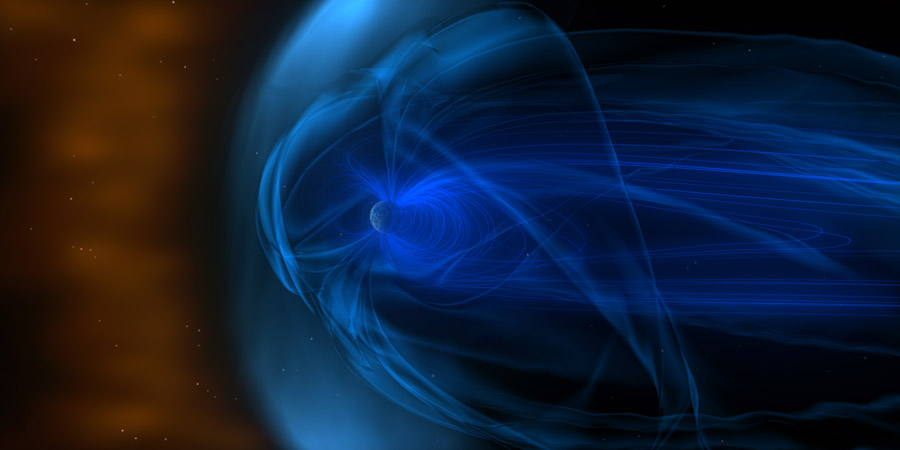CME impact, northward Bz
Wednesday, 20 July 2016 17:29 UTC

A shock in the solar wind was observed by ACE, yesterday around 23:00 UTC. This is likely the expected coronal mass ejection of a C1 solar flare that took place on 17 July.
The solar plasma cloud arrived much earlier than expected, which suggests that the coronal mass ejection was either much faster than originally thought or there might be some influences of a coronal hole solar wind stream at play as well.
Either way, the magnetic cloud sparked a minor G1 geomagnetic storm earlier today when the north-south direction of the IMF (Bz) dipped as low as -28.28nT. Since then, the Bz has been stuck in a northward direction and no more geomagnetic storming was observed. The Bz remains northward at the time of writing and as the conditions are now, no more geomagnetic storming should be expected.
Despite the short duration of the geomagnetic storm, there were enough photographers around the world who caught a glimpse of the show. One of those people is Paul Zizka from Canada who took this fantastic image of the aurora and even captured some noctilucent clouds! Fantastic!
Thank you for reading this article! Did you have any trouble with the technical terms used in this article? Our help section is the place to be where you can find in-depth articles, a FAQ and a list with common abbreviations. Still puzzled? Just post on our forum where we will help you the best we can!
Latest news
Latest forum messages
Support SpaceWeatherLive.com!
A lot of people come to SpaceWeatherLive to follow the Sun's activity or if there is aurora to be seen, but with more traffic comes higher server costs. Consider a donation if you enjoy SpaceWeatherLive so we can keep the website online!

Space weather facts
| Last X-flare | 2025/03/28 | X1.1 |
| Last M-flare | 2025/04/01 | M5.6 |
| Last geomagnetic storm | 2025/03/27 | Kp5 (G1) |
| Spotless days | |
|---|---|
| Last spotless day | 2022/06/08 |
| Monthly mean Sunspot Number | |
|---|---|
| February 2025 | 154.6 +17.6 |
| Last 30 days | 128.5 -22.7 |


